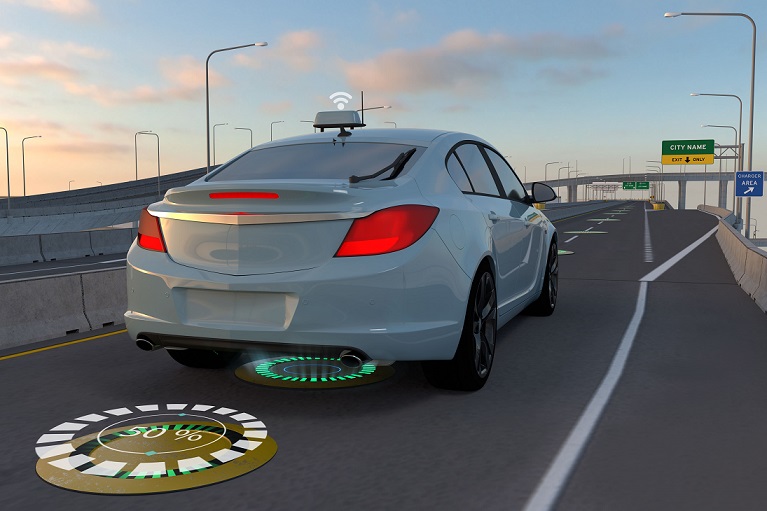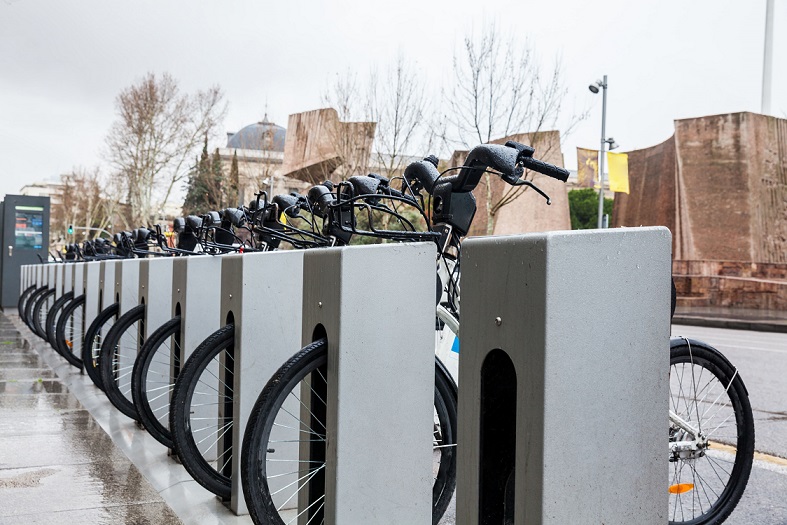Wireless Charging = Limitless Charging
-
Wireless PNC > Blog > EV-charging Points > Wireless Charging = Limitless Charging

2023 has been a big year for EVs in Canada. More and more EV battery manufacturers are setting up shop in the country. Bike and scooter sharing programs are popping up in municipalities all across the country, and in some regions it is as common to see a Tesla on the street as a Honda CR-V.
2023 has also been a big year in Canada for EV charging, with public charge ports surpassing 20,000 units in the first quarter. But we still have a long way to go to even make a drop in the bucket of the charging infrastructure required to meet the demand of the huge growth in the Canadian EV market projected over the next five years.
Canada is doing its best to keep up with public charge demand with rebates for charge station instals and funding for infrastructure programs. Despite these efforts, charging scarcity and particularly the lack of access to model-compatible charging remains a major concern for many people.

charging standards in North American
North America has three different charging standards: the North American Charging Standard (NACS), the SAE Combined Charging System (CCS), and CHArge de MOve (CHAdeMO). EV superpower Tesla developed the NACS plug, and several manufacturers including GM and Ford are now making the switch to this plug. But since this system is not mandated, the transition to standardised charging will be slow and could exacerbate the charging access issue for EVs already on the road with one of the other two charging standards. Further, this doesn’t address the crippling issue of micro mobility EV charging access, even more brand-specific and scarce in public parking areas.
Our team and many others across Canada see a simpler and more streamlined approach to EV charging access. Eliminate the plugs entirely – go wireless.

Solution for EV charging access
Our Founder and CEO, Dr. Sahar Sam, had this to say about her inspiration for wireless charging as a solution for EV charging access, “Growing up in Iran, a country built on oil and gas extracted from deep beneath the Earth, I had an eye for renewable energy… This passion towards green technology ignited the idea of transmitting renewable energy without dependency to traditional wiring systems. Soon after I identified the need for energy transmission for charging electric vehicles to reduce the EV owners’ anxiety about charging their electric vehicle. I, myself, decided not to purchase an EV for the same reason and that motivated me to focus on developing an innovative charging solution to help remove the barriers toward green transportation.”
Florian Nägele and Shivika Sahdev of McKinsley and Company sat down earlier this year with several experts to discuss the benefits of wireless charging for the electric vehicle industry. Among the many takeaways were that wireless charging for EVs is safer and more efficient than standard plugged EV charging, while also offering the real potential for standardisation of charging across brands and jurisdictions.
We wholeheartedly endorse these conclusions – wireless charging is better for users, operators, and municipalities. Because you aren’t connecting a plug to your EV, a single charging unit can serve the charging needs of all kinds of commuters throughout the day, maximising usage and minimising the infrastructure footprint. The plugless design also means less external electrical maintenance for operators and increased safety for users.

We want to make the path from plugged to wireless charging as seamless and painless as possible for all Canadians – follow along as we install our first micro mobility prototype in early 2024!
-
Tags:
- Energy , EV charger
